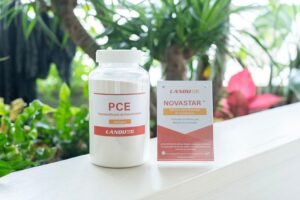
Tile installation is a blend of aesthetics and engineering. The performance of tile adhesives determines whether a tile installation will stand the test of time, resist delamination, and remain visually sound. Hydroxypropyl methylcellulose (HPMC) has become one of the most widely used polymeric additives in cementitious tile adhesives. It is not an active adhesive by itself but it dramatically changes the rheology, workability, water-retention, and application characteristics of mortars and thin-set adhesives. This article provides a detailed, practical, and technical exploration of HPMC in tile adhesives: what it is, how it works, how to choose and dose it, formulation and application best practices, testing, troubleshooting, and regulatory considerations.
Hydroxypropyl methylcellulose (HPMC) is a non-ionic, water-soluble cellulose ether derived from chemical modification of natural cellulose. HPMC molecules are long-chain polysaccharides with hydroxyl groups substituted by methyl and hydroxypropyl groups, which confer water solubility and unique rheological behavior. Unlike synthetic polymers, HPMC is derived from renewable cellulose feedstocks and is widely used across construction materials, pharmaceuticals, food, and personal care products.
Key physicochemical properties:
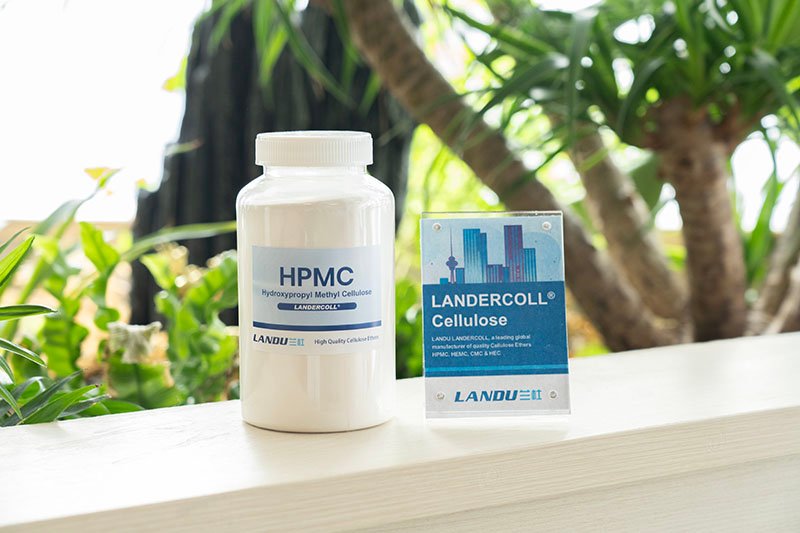
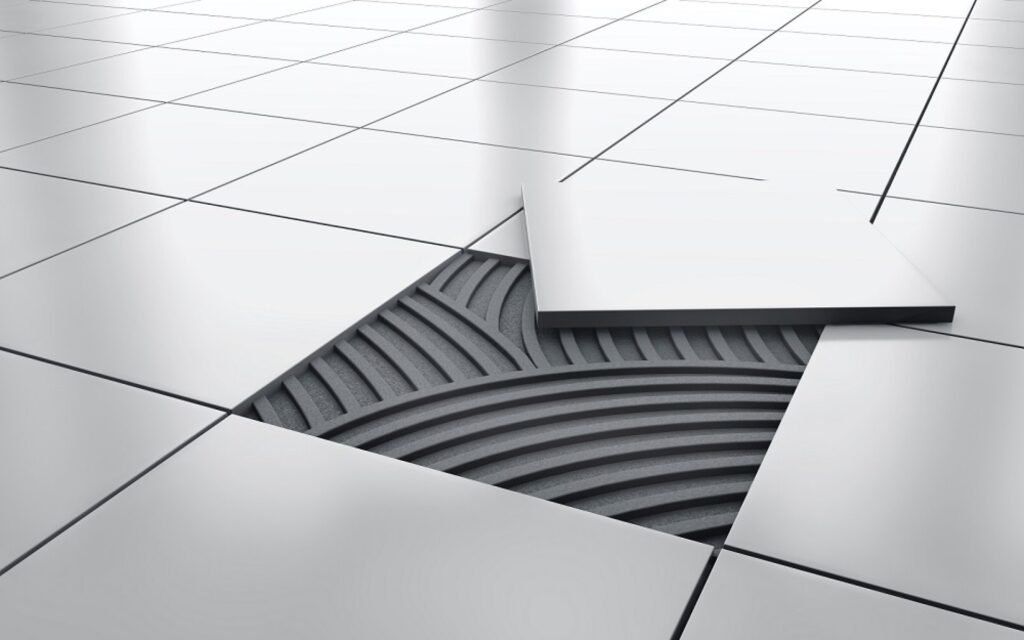
Tile adhesives are typically cementitious dry mixes (thin sets or multi-purpose adhesives) formulated with cement, fillers, sand or calcium carbonate, and various chemical admixtures. HPMC is a critical cellulose ether that enhances several essential performance attributes:
The behavior of HPMC in a cementitious adhesive is complex but can be explained by a few core mechanisms:
HPMC is available in a variety of grades characterized by viscosity, degree of substitution (methyl and hydroxypropyl content), and sometimes molecular weight distribution. Key selection factors:
Designing a tile adhesive is balancing cement content, fillers, polymer modifiers, and additives, including HPMC. The following are important formulation and process considerations:
Substrate Preparation
Mixing Procedure
Troweling and Bed Formation
Open Time and Working Time Management
Curing and Final Setting
Special Cases: Large-format tiles, Heated Substrates, Wet Areas
To ensure material performance, several tests and QC checks are commonly used.
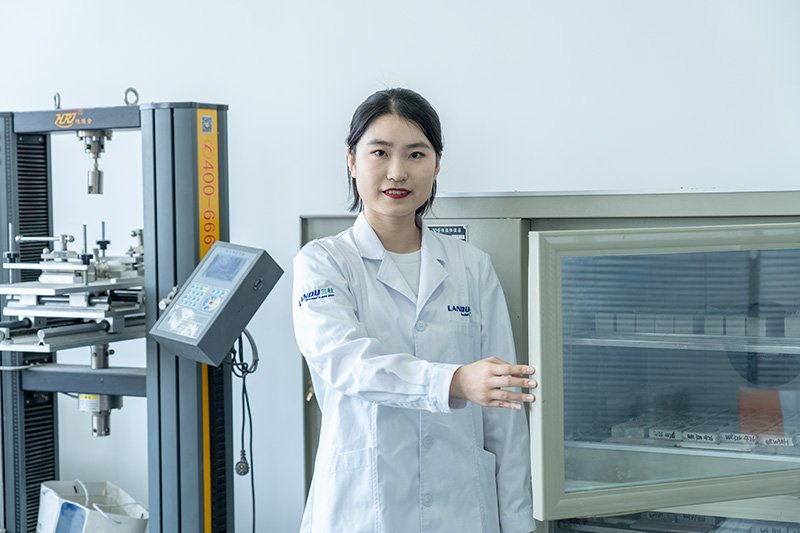
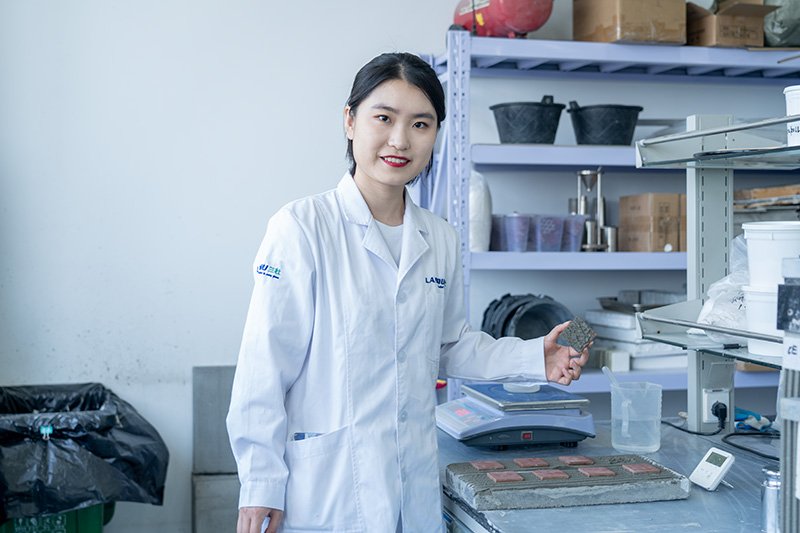
Although HPMC benefits are substantial, incorrect selection or use can cause problems. Below are common issues and solutions.
HPMC is generally considered safe for use in construction materials. However, manufacturers and formulators must observe the following:
To illustrate real-world usage, here are concise scenarios highlighting HPMC roles.
Scenario 1: Wall Tiles in High-Rise Construction
Scenario 2: Large-format Floor Tiles on Gypcrete Subfloors
Scenario 3: Premixed Adhesive Manufacturer Aiming for Longer Shelf Life
For formulators and installers alike, follow these guidelines to maximize HPMC benefits:
HPMC remains a mainstay, but several trends are shaping future use:
HPMC is a versatile, effective, and widely used additive in tile adhesives. Its ability to modulate rheology, increase water retention, extend open time, and improve workability makes it indispensable in modern cementitious tile adhesive formulations. Choosing the right HPMC grade and dosing, ensuring correct mixing and application, and combining it with appropriate auxiliary additives are key to achieving optimal tile installation performance. Whether you are a formulator designing a high-performance premixed adhesive or an installer seeking reliable on-site results, understanding HPMC’s mechanisms and practical implications will help you achieve durable, high-quality tile installations.
To implement HPMC in tile adhesives and make product claims, consult regional standards such as EN 12004 (Europe), ANSI standards (North America), and manufacturer technical data sheets for HPMC grades. Pilot lab testing and standardized adhesion tests are essential before market release or large-scale application.
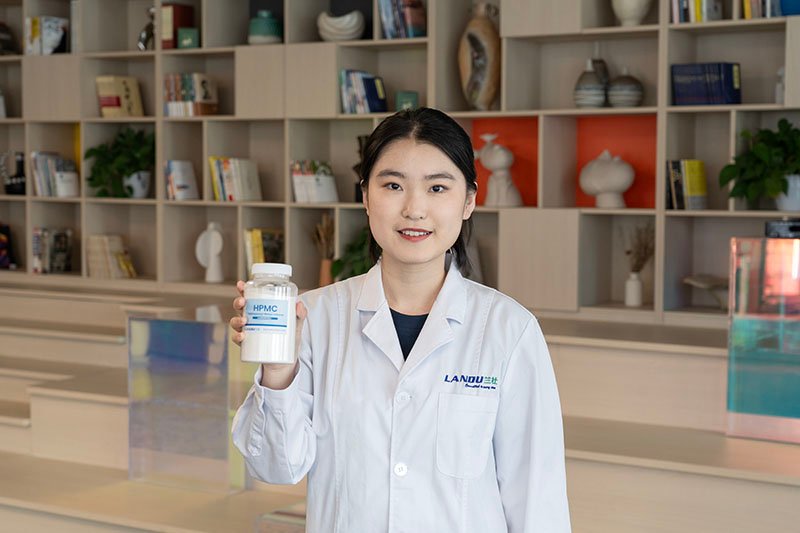
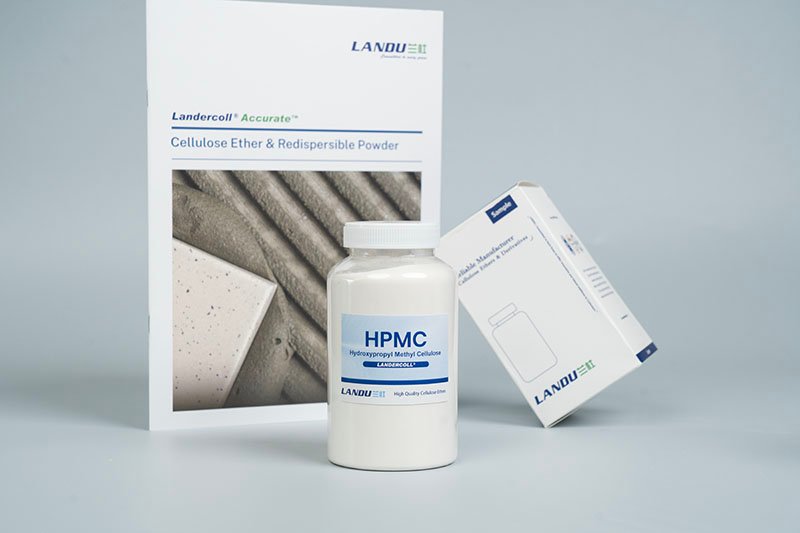
©2021 All Rights Reserved. Created with LANDU